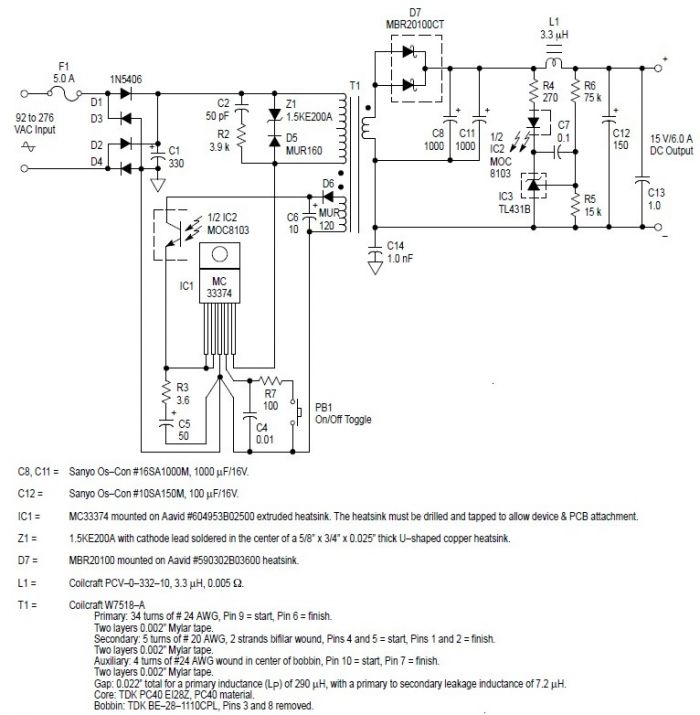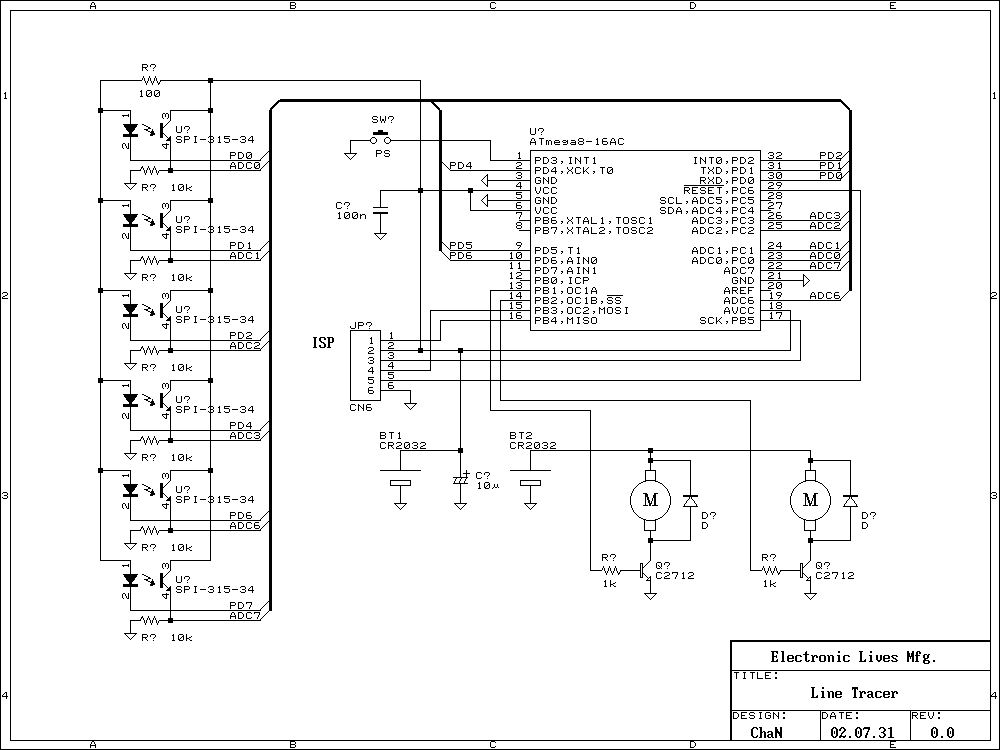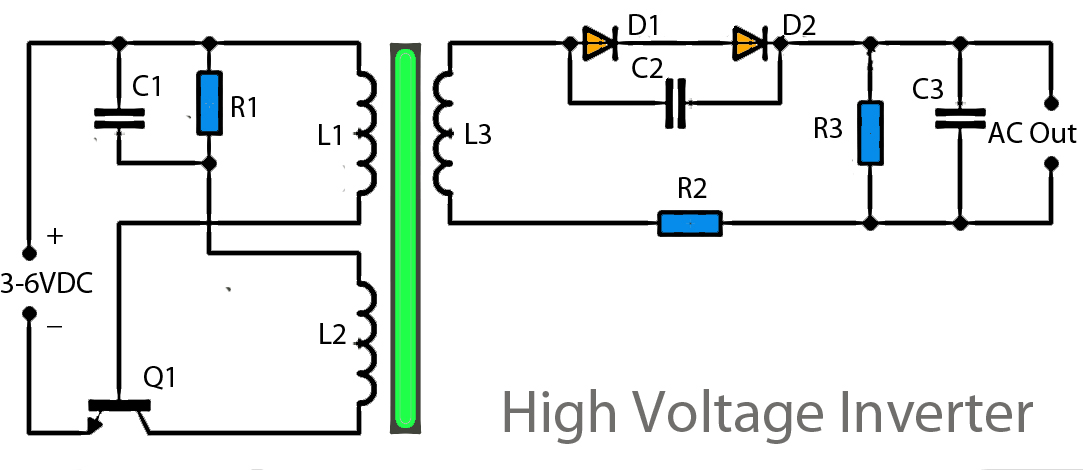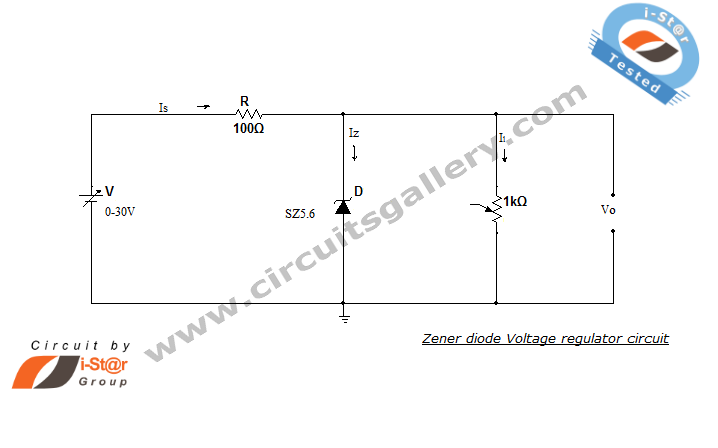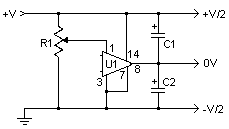
Low voltage regulators
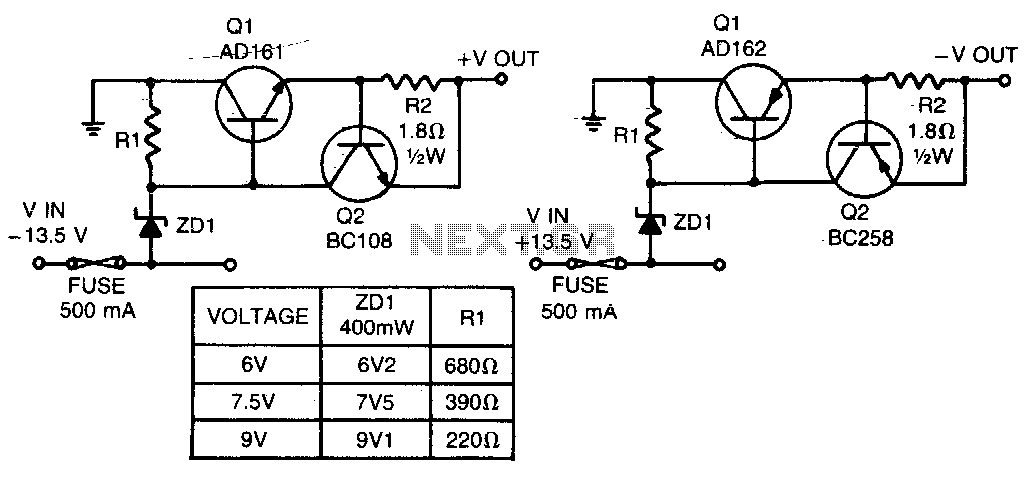
These short-circuit protected regulators provide output voltages of 6, 7, and 9 V from a nominal automobile battery supply of 13 V. They are also compatible with smoothed DC outputs from transformer/rectifier circuits. Two configurations are designed for both positive and negative ground systems. The power transistors can be mounted directly onto the heatsink without the need for a mica insulating spacer, enhancing cooling efficiency. Both circuit designs include protection against overloads and short circuits, with a maximum current limit of 330 mA. Under normal operating conditions, the voltage across resistor R2 remains below 500 mV, which is insufficient to activate transistor Q2, allowing the circuit to operate as if only Q1 is present. In the event of excessive current draw, Q2 activates and disconnects Q1, thereby safeguarding the regulating transistor. A table provides the values of R1 corresponding to different zener voltages.
The described circuit employs a series of components to regulate voltage effectively while ensuring protection against potential faults. The primary elements include power transistors, zener diodes, resistors, and a heatsink for thermal management. The configuration allows for dual functionality, accommodating both positive and negative ground systems, which is critical for versatility in automotive applications.
The voltage regulation is achieved through the use of a zener diode, which sets the reference voltage for the circuit. Resistor R1 is selected based on the desired zener voltage, ensuring that the output remains stable at either 6, 7, or 9 V, depending on the specific application requirements. The current flowing through the circuit is monitored, and under normal conditions, the voltage across R2 is maintained below the threshold that would trigger the activation of Q2.
In scenarios where the load demands exceed the circuit's capacity, Q2 acts as a protective switch. When the voltage across R2 rises above 500 mV, indicating an overload condition, Q2 conducts, effectively shutting off Q1. This mechanism protects the regulating transistor from damage due to excessive current, ensuring the longevity and reliability of the circuit.
Furthermore, the design's integration of power transistors directly onto the heatsink without insulating spacers not only simplifies assembly but also improves thermal dissipation. This feature is particularly advantageous in automotive environments where component temperatures can fluctuate significantly. Overall, the circuit exemplifies a robust solution for voltage regulation in automotive applications, combining efficiency, safety, and adaptability.These short-circuit protected regulators give 6, 7, and 9 V from an automobile battery supply of 13 V nominal; however, they will function just as well if connected to a smoothed dc output from a transformer/rectifier circuit. Two types are shown for both positive and negative ground systems. The power transistors can be mounted on the heatsink without a mica insulating spacer thus allowing for greater cooling efficiency.
Both circuits are protected against overload or short-circuits. The current cannot exceed 330 mA Under normal operating conditions the voltage across R2 does not rise above the 500 mV necessary to turn Q2 on and the circuit behaves as if there was only Q1 present. If excessive current is drawn, Q2 turns on and cuts off Ql, protecting the regulating transistor. The table gives the values of Rl for different zener voltages.
The described circuit employs a series of components to regulate voltage effectively while ensuring protection against potential faults. The primary elements include power transistors, zener diodes, resistors, and a heatsink for thermal management. The configuration allows for dual functionality, accommodating both positive and negative ground systems, which is critical for versatility in automotive applications.
The voltage regulation is achieved through the use of a zener diode, which sets the reference voltage for the circuit. Resistor R1 is selected based on the desired zener voltage, ensuring that the output remains stable at either 6, 7, or 9 V, depending on the specific application requirements. The current flowing through the circuit is monitored, and under normal conditions, the voltage across R2 is maintained below the threshold that would trigger the activation of Q2.
In scenarios where the load demands exceed the circuit's capacity, Q2 acts as a protective switch. When the voltage across R2 rises above 500 mV, indicating an overload condition, Q2 conducts, effectively shutting off Q1. This mechanism protects the regulating transistor from damage due to excessive current, ensuring the longevity and reliability of the circuit.
Furthermore, the design's integration of power transistors directly onto the heatsink without insulating spacers not only simplifies assembly but also improves thermal dissipation. This feature is particularly advantageous in automotive environments where component temperatures can fluctuate significantly. Overall, the circuit exemplifies a robust solution for voltage regulation in automotive applications, combining efficiency, safety, and adaptability.These short-circuit protected regulators give 6, 7, and 9 V from an automobile battery supply of 13 V nominal; however, they will function just as well if connected to a smoothed dc output from a transformer/rectifier circuit. Two types are shown for both positive and negative ground systems. The power transistors can be mounted on the heatsink without a mica insulating spacer thus allowing for greater cooling efficiency.
Both circuits are protected against overload or short-circuits. The current cannot exceed 330 mA Under normal operating conditions the voltage across R2 does not rise above the 500 mV necessary to turn Q2 on and the circuit behaves as if there was only Q1 present. If excessive current is drawn, Q2 turns on and cuts off Ql, protecting the regulating transistor. The table gives the values of Rl for different zener voltages.
